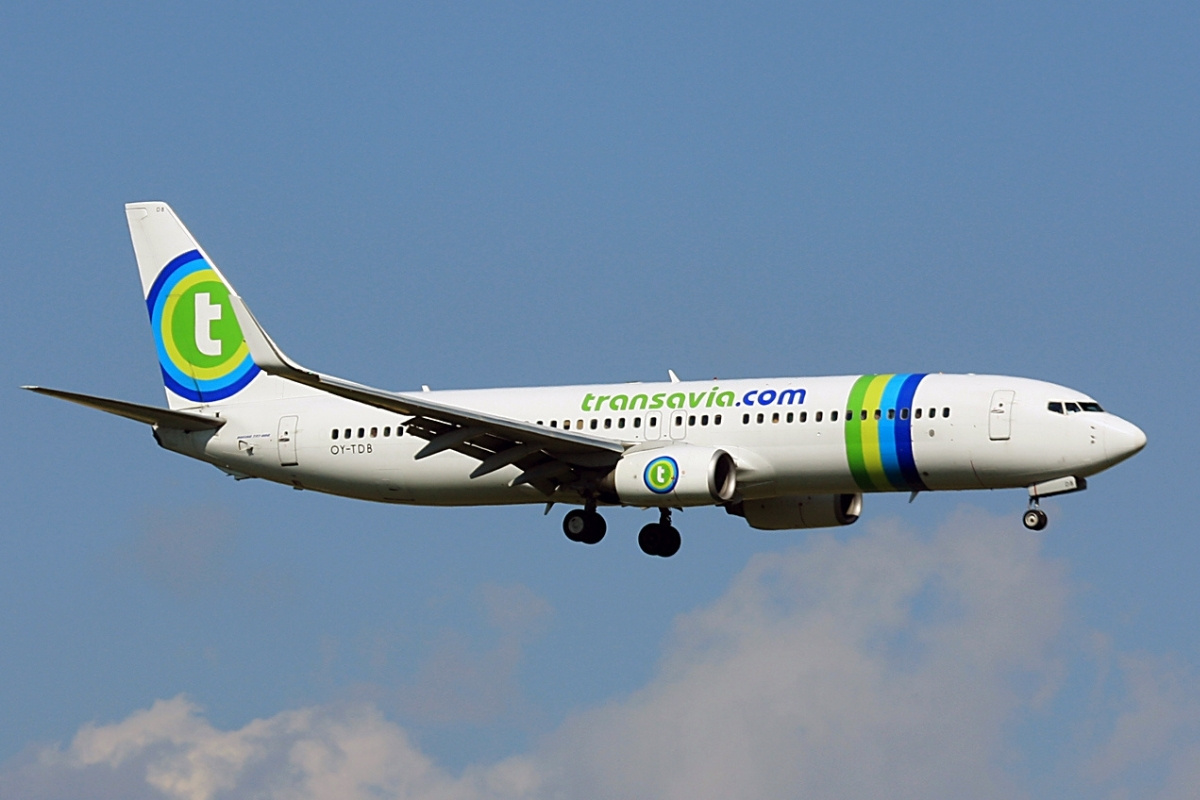
Transavia Denmark might not be a household name, but it played a unique role in the aviation world. Founded in 2006, this airline was a subsidiary of the Dutch airline Transavia, itself part of the Air France-KLM group. Transavia Denmark primarily operated flights from Copenhagen and Billund to various European destinations. Despite its potential, the airline ceased operations in 2011, merging back into its parent company. Why did it close? What routes did it serve? How did it impact Danish travelers? This post dives into 28 intriguing facts about Transavia Denmark, shedding light on its brief yet interesting history. Buckle up for a journey through the skies of Denmark's aviation past!
Transavia Denmark: A Brief Overview
Transavia Denmark, a subsidiary of the Transavia Airlines group, has an interesting history and unique characteristics. Here are some fascinating facts about this airline that operated in Denmark.
-
Transavia Denmark was established in 2008 as a joint venture between Transavia Airlines and Danish travel company, Sunweb Group.
-
The airline primarily focused on leisure travel, offering flights to popular holiday destinations across Europe.
-
Copenhagen Airport served as the main hub for Transavia Denmark, facilitating easy connections for travelers.
-
Despite its promising start, Transavia Denmark ceased operations in 2011 due to financial difficulties and market competition.
Fleet and Operations
The fleet and operational strategies of Transavia Denmark were designed to cater to the needs of leisure travelers. Here are some key details about their fleet and operations.
-
Transavia Denmark operated a fleet of Boeing 737-800 aircraft, known for their reliability and efficiency.
-
The airline's fleet was configured to accommodate up to 189 passengers, maximizing capacity for holidaymakers.
-
Transavia Denmark's aircraft featured a single-class layout, ensuring a uniform travel experience for all passengers.
-
The airline offered a range of in-flight services, including snacks and beverages for purchase, to enhance the travel experience.
Destinations and Routes
Transavia Denmark connected Danish travelers to numerous holiday destinations. Here are some notable routes and destinations served by the airline.
-
Popular destinations included Mediterranean hotspots such as Spain, Greece, and Italy.
-
The airline also operated flights to several Canary Islands, catering to sun-seekers year-round.
-
Transavia Denmark offered seasonal flights to ski destinations in the Alps, appealing to winter sports enthusiasts.
-
The airline's route network included both direct flights and connecting services via other Transavia hubs.
Customer Experience
Transavia Denmark aimed to provide a pleasant travel experience for its passengers. Here are some aspects of their customer service and amenities.
-
The airline's website allowed passengers to book flights, manage reservations, and check-in online, streamlining the travel process.
-
Transavia Denmark's customer service team was available to assist passengers with inquiries and issues, ensuring a smooth travel experience.
-
The airline offered a frequent flyer program, allowing passengers to earn and redeem points for future travel.
-
Passengers could choose from a variety of seating options, including extra legroom seats for added comfort.
Challenges and Closure
Despite its efforts, Transavia Denmark faced several challenges that ultimately led to its closure. Here are some key factors that contributed to the airline's demise.
-
Intense competition from other low-cost carriers in the Danish market made it difficult for Transavia Denmark to maintain profitability.
-
The economic downturn in the late 2000s reduced demand for leisure travel, impacting the airline's revenue.
-
Rising fuel costs further strained the airline's financial resources, making it challenging to sustain operations.
-
The decision to cease operations was made in 2011, with the airline's final flights taking place in April of that year.
Legacy and Impact
Although Transavia Denmark had a short-lived existence, its impact on the Danish aviation market and its legacy are worth noting.
-
The airline's entry into the market introduced more competition, leading to better fares and services for travelers.
-
Transavia Denmark's focus on leisure travel helped boost tourism to various European destinations.
-
The airline's operations provided valuable experience and lessons for its parent company, Transavia Airlines.
-
Many former employees of Transavia Denmark went on to work for other airlines, contributing their expertise to the industry.
Interesting Tidbits
Here are some lesser-known facts and interesting tidbits about Transavia Denmark that add to its unique story.
-
Transavia Denmark's aircraft featured a distinctive green and white livery, making them easily recognizable on the tarmac.
-
The airline's marketing campaigns often highlighted the convenience and affordability of their flights, appealing to budget-conscious travelers.
-
Despite its short lifespan, Transavia Denmark managed to build a loyal customer base, with many passengers expressing disappointment at its closure.
-
The airline's legacy lives on through Transavia Airlines, which continues to operate flights across Europe, including to and from Denmark.
Final Thoughts on Transavia Denmark
Transavia Denmark, though short-lived, left a mark in aviation history. Founded in 2008, it aimed to provide affordable flights across Europe. Despite its brief existence, the airline managed to operate several routes, connecting Denmark to popular destinations. Financial struggles and stiff competition led to its closure in 2011. However, its parent company, Transavia, continues to thrive, offering budget-friendly travel options. The story of Transavia Denmark serves as a reminder of the challenges in the airline industry. It also highlights the importance of adaptability and financial stability. While Transavia Denmark is no longer in the skies, its legacy lives on through the continued success of its parent company. For aviation enthusiasts, the tale of Transavia Denmark is a fascinating chapter worth remembering.
Was this page helpful?
Our commitment to delivering trustworthy and engaging content is at the heart of what we do. Each fact on our site is contributed by real users like you, bringing a wealth of diverse insights and information. To ensure the highest standards of accuracy and reliability, our dedicated editors meticulously review each submission. This process guarantees that the facts we share are not only fascinating but also credible. Trust in our commitment to quality and authenticity as you explore and learn with us.
